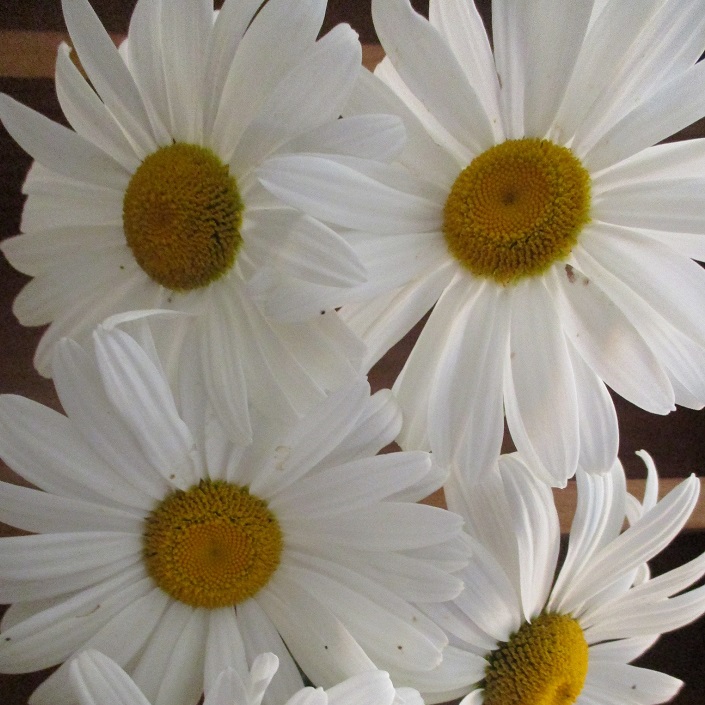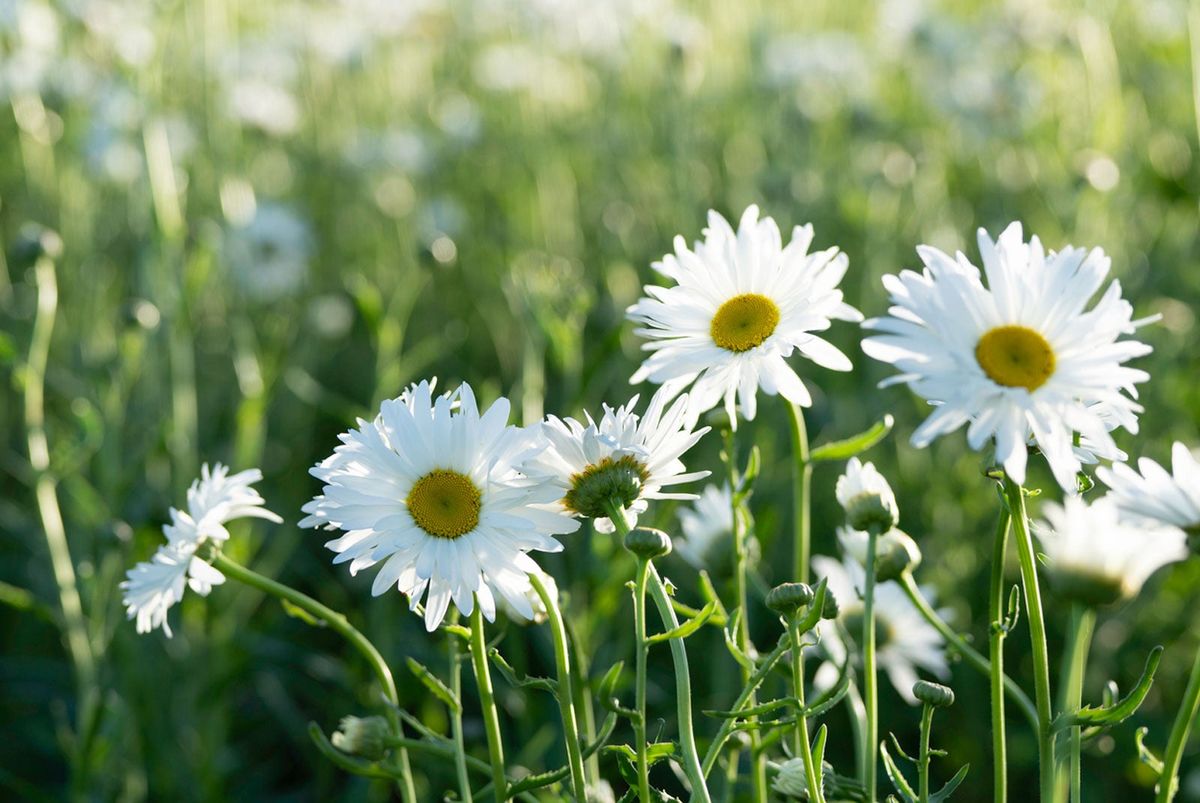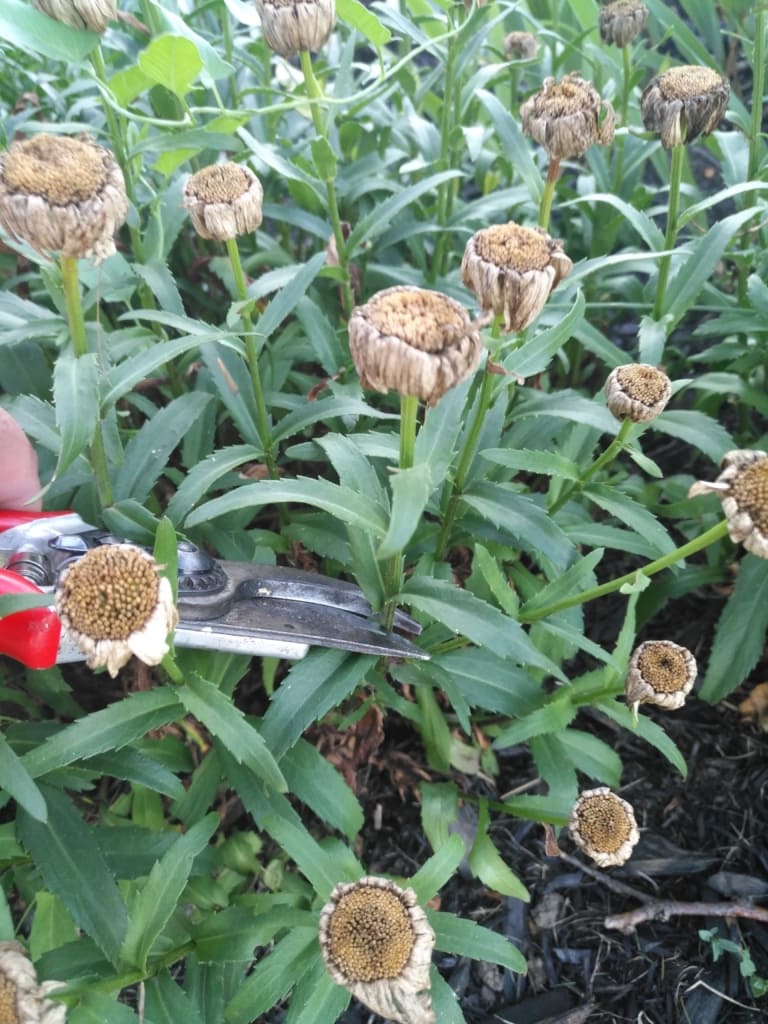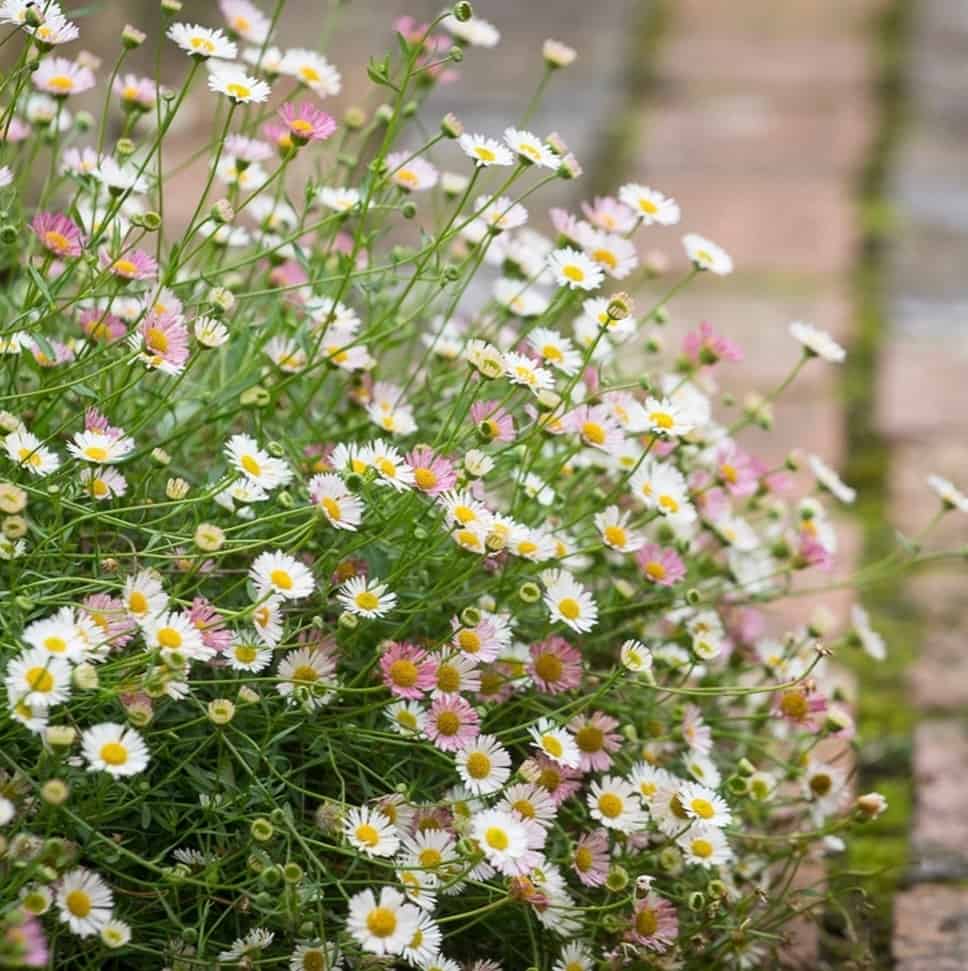The Art of Deadheading: Why It Matters for Shasta Daisies
Shasta daisies are a popular choice for many gardeners, and with good reason. These beautiful flowers are relatively low maintenance and can add a burst of color and vibrancy to any garden or landscape. However, to get the most out of your Shasta daisies, it’s essential to understand the importance of deadheading. Deadheading is a simple yet effective technique that involves removing spent blooms from your plants. By doing so, you can encourage healthy growth, promote blooming, and enhance the overall appearance of your Shasta daisies. In fact, deadheading is a crucial step in maintaining the health and beauty of your plants, and it’s an essential skill for any gardener to master. Whether you’re a seasoned gardener or just starting out, learning how to deadhead Shasta daisies can make all the difference in the success of your garden.
When to Deadhead Shasta Daisies: Timing is Everything
Timing is crucial when it comes to deadheading Shasta daisies. Deadheading at the right time can make a significant difference in the health and appearance of your plants. So, when is the best time to deadhead Shasta daisies? The answer is simple: as soon as the flowers have faded. This is usually indicated by a change in color, a drooping of the petals, or a visible wilting of the bloom. It’s essential to remove spent blooms as soon as possible to encourage your Shasta daisies to focus their energy on producing new flowers rather than seed production. When pruning, make sure to cut off the entire flower stem, just above a leaf node or a lateral bud. This will help the plant direct its energy towards producing new growth and blooms. By deadheading at the right time, you can promote healthy growth, encourage blooming, and enhance the overall appearance of your Shasta daisies.
How to Deadhead Shasta Daisies: A Step-by-Step Guide
Deadheading Shasta daisies is a simple yet effective technique that can make a significant difference in the health and appearance of your plants. To deadhead Shasta daisies correctly, follow these steps:
Step 1: Gather the necessary tools. You’ll need a pair of clean, sharp pruning shears or scissors and a small container to collect the removed blooms.
Step 2: Inspect your Shasta daisies and identify the spent blooms. Look for flowers that have faded, wilted, or changed color.
Step 3: Cut off the entire flower stem, just above a leaf node or a lateral bud. Make a clean cut at a 45-degree angle, and avoid crushing or tearing the stem.
Step 4: Remove any weak or damaged stems, as these can detract from the overall appearance of your plants.
Step 5: Dispose of the removed blooms and stems, and make sure to clean your pruning tools regularly to prevent the spread of disease.
By following these steps, you can learn how to deadhead Shasta daisies like a pro and enjoy a more vibrant, blooming garden. Remember, deadheading is an essential part of Shasta daisy care, and it’s a simple technique that can make a big difference in the health and appearance of your plants. By incorporating deadheading into your regular gardening routine, you can encourage healthy growth, promote blooming, and enhance the overall appearance of your Shasta daisies.
Deadheading vs. Pruning: What’s the Difference for Shasta Daisies?
When it comes to Shasta daisy care, two techniques are often mentioned together: deadheading and pruning. While both are essential for maintaining healthy and blooming Shasta daisies, they serve different purposes and are used at different times. Understanding the difference between deadheading and pruning can help you incorporate both practices into your Shasta daisy care routine effectively.
Deadheading, as discussed earlier, is the process of removing spent blooms from your Shasta daisies. This technique encourages the plant to focus its energy on producing new flowers rather than seed production, leading to more blooms and a longer flowering season.
Pruning, on the other hand, is a more extensive process that involves cutting back stems and branches to maintain the overall shape and size of the plant. Pruning is typically done in the fall or early spring, when the plant is dormant, to promote healthy growth and encourage new stems to emerge.
While deadheading is a regular task that should be done throughout the growing season, pruning is a more seasonal task that requires a bit more effort and planning. By combining both deadheading and pruning, you can create a comprehensive Shasta daisy care routine that promotes healthy growth, encourages blooming, and enhances the overall appearance of your plants.
Remember, deadheading is an essential step in how to deadhead Shasta daisies, and it should be done regularly to encourage blooming and promote healthy growth. Pruning, on the other hand, is a more extensive process that requires a bit more planning and effort. By understanding the difference between these two techniques, you can create a well-rounded Shasta daisy care routine that yields beautiful and thriving plants.
Common Mistakes to Avoid When Deadheading Shasta Daisies
When it comes to deadheading Shasta daisies, it’s essential to do it correctly to reap the benefits. Unfortunately, many gardeners make common mistakes that can hinder the effectiveness of deadheading. By being aware of these mistakes, you can avoid them and ensure that your Shasta daisies receive the proper care they need.
One common mistake is cutting off too much stem when deadheading. This can damage the plant and reduce its ability to produce new blooms. Instead, cut the stem just above a leaf node or a lateral bud, making a clean cut at a 45-degree angle.
Another mistake is not removing enough spent blooms. Leaving old flowers on the plant can encourage seed production, which can reduce blooming. Make sure to remove all spent blooms to encourage the plant to focus its energy on producing new flowers.
Not deadheading regularly is also a common mistake. Deadheading should be done regularly, ideally every 7-10 days, to encourage continuous blooming. Neglecting to deadhead can lead to a decrease in blooming and a less vibrant appearance.
By avoiding these common mistakes, you can ensure that your Shasta daisies receive the proper care they need to thrive. Remember, learning how to deadhead Shasta daisies correctly is crucial for promoting healthy growth, encouraging blooming, and enhancing overall appearance.
The Benefits of Regular Deadheading for Shasta Daisies
Regular deadheading is a crucial aspect of Shasta daisy care, and it offers numerous benefits for these beautiful flowers. By incorporating deadheading into your Shasta daisy care routine, you can expect to see an increase in blooming, improved plant health, and an enhanced overall appearance.
One of the most significant benefits of regular deadheading is the promotion of continuous blooming. When you remove spent blooms, you encourage the plant to focus its energy on producing new flowers rather than seed production. This leads to a longer blooming season and a more vibrant display of colors.
Deadheading also improves plant health by preventing the spread of disease and encouraging healthy growth. When spent blooms are left on the plant, they can attract pests and diseases, which can spread to other parts of the plant. By removing these blooms, you reduce the risk of disease and promote healthy growth.
In addition to promoting blooming and improving plant health, regular deadheading also enhances the overall appearance of your Shasta daisies. By removing spent blooms, you create a neater and more attractive plant that adds beauty and charm to your garden or landscape.
Learning how to deadhead Shasta daisies is a simple yet effective way to promote healthy growth, encourage blooming, and enhance overall appearance. By incorporating deadheading into your Shasta daisy care routine, you can enjoy a more vibrant and thriving display of flowers throughout the growing season.
Combining Deadheading with Other Shasta Daisy Care Techniques
Deadheading is just one aspect of Shasta daisy care, and combining it with other techniques can lead to optimal results. By incorporating deadheading into your overall care routine, you can create a thriving and vibrant display of flowers.
Fertilizing is an essential aspect of Shasta daisy care, and it can be combined with deadheading to promote healthy growth and blooming. Use a balanced fertilizer in the spring and summer months to provide your Shasta daisies with the necessary nutrients for growth and blooming.
Watering is another crucial aspect of Shasta daisy care, and it’s essential to water your plants regularly to keep the soil consistently moist. However, be careful not to overwater, as this can lead to root rot and other problems. Deadheading can help to reduce the risk of overwatering by promoting healthy growth and reducing the need for excessive watering.
Mulching is another technique that can be combined with deadheading to promote healthy growth and blooming. Mulch helps to retain moisture in the soil, suppress weeds, and regulate soil temperature. By mulching around your Shasta daisies, you can create a favorable growing environment that encourages healthy growth and blooming.
By combining deadheading with other Shasta daisy care techniques, you can create a comprehensive care routine that promotes healthy growth, encourages blooming, and enhances overall appearance. Remember to learn how to deadhead Shasta daisies correctly, and incorporate it into your overall care routine for optimal results.
Deadheading Shasta Daisies: A Key to Encouraging Reblooming
One of the most significant benefits of deadheading Shasta daisies is its ability to encourage reblooming. By removing spent blooms, you can stimulate the plant to produce new flowers, extending the blooming season and creating a more vibrant display of colors.
To promote reblooming, it’s essential to deadhead Shasta daisies regularly, ideally every 7-10 days. This will encourage the plant to focus its energy on producing new flowers rather than seed production. Additionally, make sure to remove the entire flower stem, just above a leaf node, to promote new growth and prevent the plant from putting energy into seed production.
Another tip to encourage reblooming is to provide your Shasta daisies with optimal growing conditions. This includes providing full sun to partial shade, well-draining soil, and regular watering. Fertilizing your Shasta daisies with a balanced fertilizer can also help to promote healthy growth and blooming.
By incorporating deadheading into your Shasta daisy care routine, you can enjoy a longer blooming season and a more vibrant display of colors. Remember to learn how to deadhead Shasta daisies correctly, and combine it with other care techniques, such as fertilizing and watering, to promote healthy growth and blooming.
With regular deadheading, you can encourage your Shasta daisies to rebloom throughout the growing season, creating a stunning display of colors that will add beauty and charm to your garden or landscape. By following these tips and learning how to deadhead Shasta daisies, you can enjoy a thriving and vibrant display of flowers all season long.









